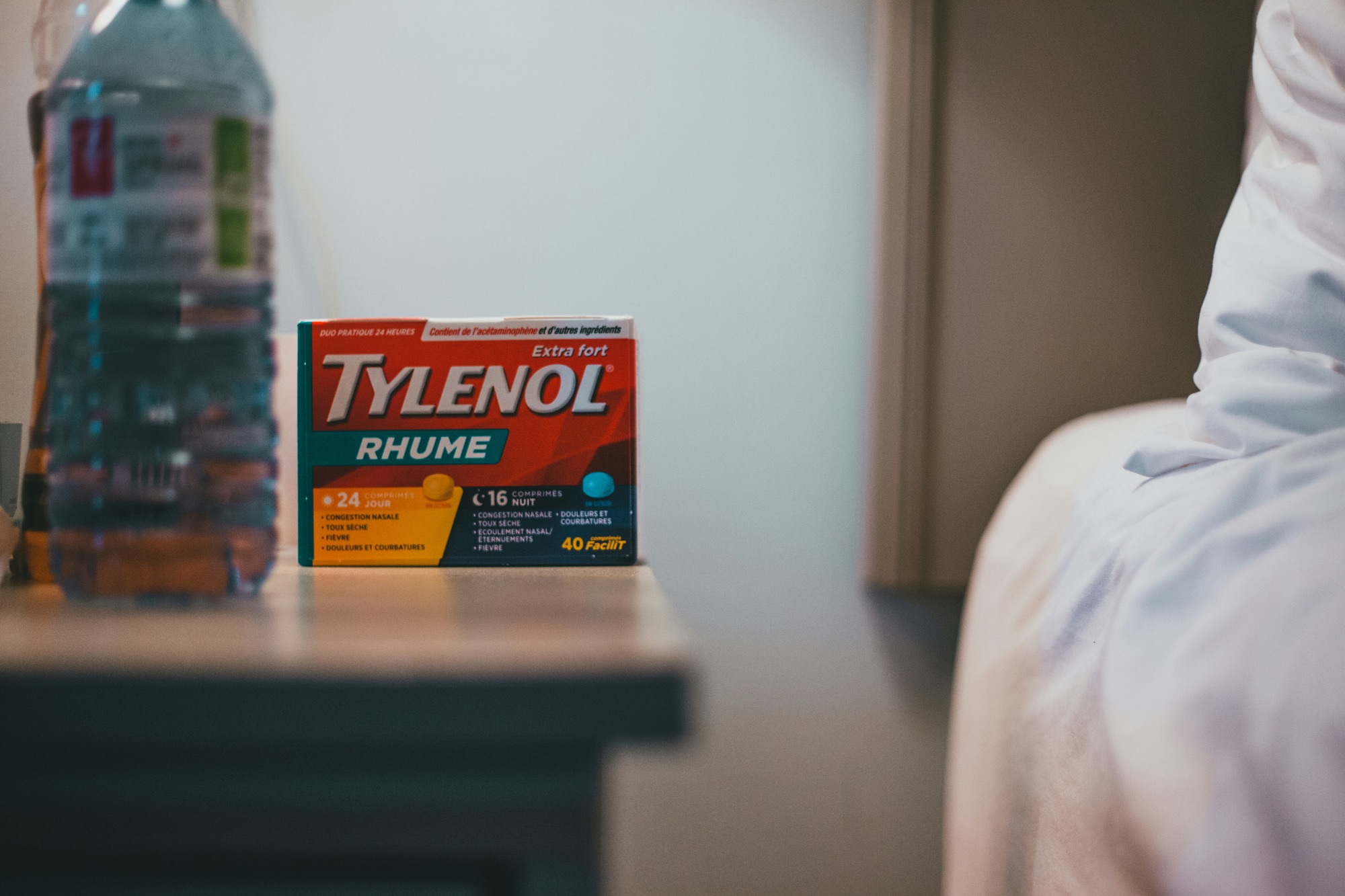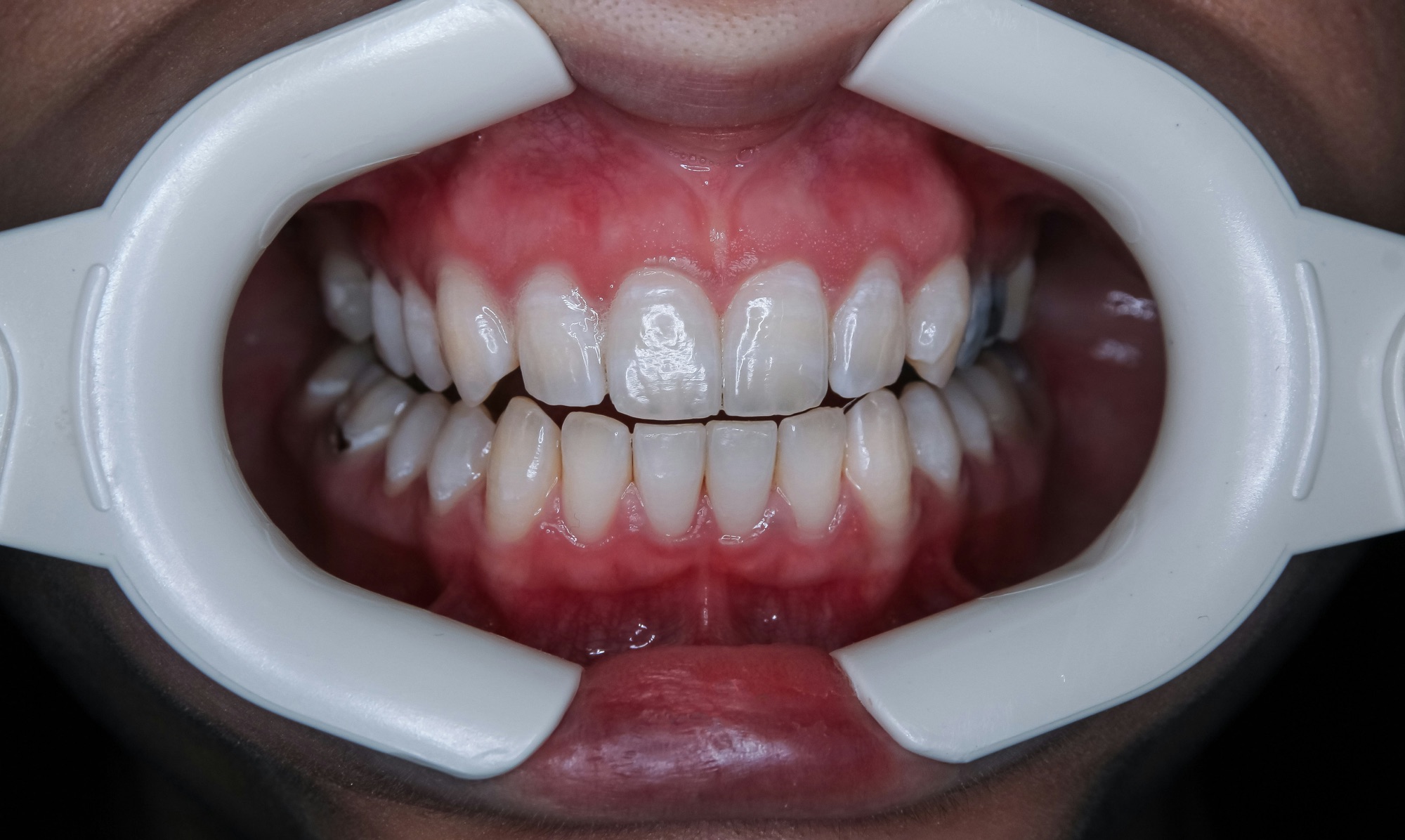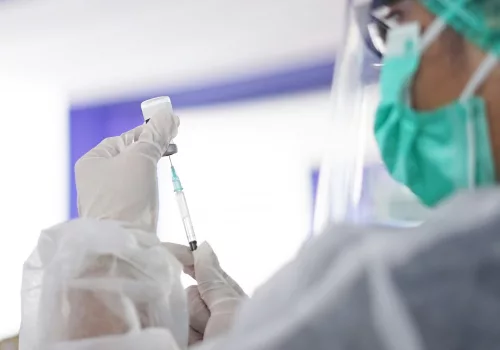Red light therapy (RLT), a non-invasive treatment that uses low-level wavelengths of red and near-infrared light, has gained significant attention in recent years for its promising applications in health and wellness. Often referred to as low-level laser therapy (LLLT) or photobiomodulation (PBM), this innovative therapy stimulates cellular function and regeneration by delivering light energy to the skin and underlying tissues. Proponents of red light therapy hail its effectiveness in addressing a broad range of conditions, including skin rejuvenation, chronic pain, muscle recovery, inflammation, and even mood disorders.
This article delves deeply into the science, benefits, effectiveness, and potential risks of red light therapy, exploring how this cutting-edge treatment is reshaping approaches to holistic health. By examining its applications, limitations, and underlying mechanisms, we aim to provide an in-depth understanding of how red light therapy works and its potential to revolutionize the fields of dermatology, pain management, and overall wellness.
What Exactly Is Red Light Therapy?
Red light therapy is a treatment that delivers wavelengths of light in the red (630–700 nanometers) and near-infrared (700–1200 nanometers) spectrums to the skin. Unlike ultraviolet (UV) light, which can damage skin cells and increase the risk of cancer, red and near-infrared light are non-ionizing, meaning they do not harm cells. Instead, they penetrate deeply into tissues, stimulating various biological processes that promote healing, reduce inflammation, and enhance cellular energy production.
This therapy is typically administered through specialized devices such as light panels, handheld devices, or lasers. These tools emit red or near-infrared light at specific intensities, making it possible to target specific areas of the body for therapeutic effects. The versatility of red light therapy allows it to be used in clinical settings, wellness centers, and even at home, offering a convenient and accessible option for individuals seeking natural and non-invasive treatments.
The mechanism of red light therapy is rooted in its ability to interact with the body at the cellular level. When red or near-infrared light penetrates the skin, it is absorbed by mitochondria, the energy-producing structures within cells. This absorption stimulates the production of adenosine triphosphate (ATP), the molecule responsible for cellular energy. By enhancing ATP production, red light therapy promotes cellular repair, regeneration, and overall function, resulting in a wide range of health benefits.
The Science Behind Red Light Therapy
Mitochondrial Stimulation and ATP Production
At the core of red light therapy’s effectiveness is its ability to influence mitochondrial function. Mitochondria are often referred to as the “powerhouses” of cells because they produce ATP, the primary energy currency of the body. During red light therapy, photons of light are absorbed by a molecule called cytochrome c oxidase, a key enzyme in the mitochondrial electron transport chain. This interaction increases the efficiency of ATP production, providing cells with the energy needed to repair and regenerate tissues.
Enhanced mitochondrial function also supports the reduction of oxidative stress, a condition characterized by an imbalance between free radicals and antioxidants. By mitigating oxidative stress, red light therapy helps protect cells from damage, reducing inflammation and promoting long-term health.
Improved Blood Flow and Circulation
Red light therapy also promotes vasodilation, or the widening of blood vessels, which enhances blood flow and oxygen delivery to tissues. This increased circulation accelerates the healing process by delivering essential nutrients to damaged or inflamed areas. Improved blood flow is particularly beneficial for conditions such as muscle soreness, joint pain, and wound healing, where oxygen and nutrient delivery are critical for recovery.
Collagen Production and Skin Health
One of the most celebrated benefits of red light therapy is its ability to stimulate collagen production. Collagen is a structural protein that maintains the elasticity and strength of the skin. As we age, collagen production naturally declines, leading to wrinkles, sagging skin, and other signs of aging. Red light therapy activates fibroblasts, the cells responsible for collagen synthesis, resulting in smoother, firmer, and more youthful-looking skin.
Benefits of Red Light Therapy
Red light therapy’s versatility allows it to address a wide range of health concerns. Below, we explore its most prominent benefits in detail.
1. Skin Rejuvenation and Anti-Aging
Red light therapy is widely used in dermatology to improve skin appearance and combat the signs of aging. By stimulating collagen and elastin production, red light therapy helps reduce fine lines, wrinkles, and sagging skin. Additionally, it improves skin tone and texture by promoting cellular turnover and enhancing hydration.
Clinical studies have demonstrated that consistent use of red light therapy can lead to significant improvements in skin elasticity, firmness, and overall radiance. Many individuals incorporate red light therapy into their skincare routines as a natural and non-invasive alternative to cosmetic procedures like Botox or chemical peels. This therapy not only enhances aesthetic appearance but also supports the skin’s natural healing processes, resulting in healthier and more youthful-looking skin over time.
2. Pain Management and Inflammation Reduction
One of the most compelling applications of red light therapy is its ability to alleviate pain and reduce inflammation. By enhancing cellular energy and reducing oxidative stress, red light therapy modulates inflammatory pathways, providing relief for conditions such as arthritis, tendinitis, and chronic back pain.
Studies have shown that red light therapy is effective in reducing joint pain, improving mobility, and accelerating recovery from injuries. Its non-invasive nature makes it a safer alternative to pain medications, which often come with side effects and risks of dependency. Additionally, red light therapy can be integrated into physical therapy programs to enhance overall treatment outcomes and improve patients’ quality of life.
3. Accelerated Muscle Recovery and Athletic Performance
Athletes and fitness enthusiasts often turn to red light therapy to enhance recovery and optimize performance. By increasing blood flow and reducing inflammation, red light therapy helps repair microtears in muscles, alleviating soreness and promoting faster recovery after intense workouts.
Research has also indicated that red light therapy can improve endurance and strength by enhancing mitochondrial function and oxygen delivery to muscles. This makes it a valuable tool for both amateur and professional athletes seeking to maximize their potential. Incorporating red light therapy into training regimens can lead to better performance, reduced injury risk, and sustained athletic longevity.
4. Wound Healing and Tissue Regeneration
Red light therapy’s ability to stimulate cellular repair makes it highly effective for wound healing and tissue regeneration. It promotes the proliferation of fibroblasts and keratinocytes, which are essential for skin repair and regeneration. This makes red light therapy a promising treatment for surgical scars, burns, and chronic wounds such as diabetic ulcers.
Furthermore, red light therapy can accelerate the healing process by enhancing blood circulation to the affected areas, ensuring that tissues receive the necessary nutrients and oxygen for optimal recovery. Its application in clinical settings has shown positive results in reducing healing time and improving the overall quality of regenerated tissue, making it a valuable adjunct to traditional medical treatments.
5. Mood Enhancement and Cognitive Function
Emerging evidence suggests that red light therapy may have positive effects on mental health and cognitive function. By enhancing blood flow to the brain and supporting mitochondrial activity, red light therapy may help alleviate symptoms of depression and anxiety. Some studies have even explored its potential in improving memory and focus, particularly in individuals with neurodegenerative conditions like Alzheimer’s disease.
In addition to mood enhancement, red light therapy can contribute to better sleep quality by regulating circadian rhythms and promoting the production of melatonin. Improved cognitive function and mood can lead to enhanced overall well-being, increased productivity, and a higher quality of life. As research continues, red light therapy may become an integral component of mental health treatment protocols.
6. Hair Growth Stimulation
Red light therapy has been shown to stimulate hair follicles, promoting hair growth and reducing hair thinning in individuals with androgenetic alopecia (male or female pattern baldness). By increasing blood flow to the scalp and supporting cellular activity, red light therapy encourages healthier, thicker hair over time.
Clinical studies have demonstrated significant improvements in hair density and strength among participants undergoing regular red light therapy sessions. This non-invasive treatment offers a safe alternative to medications and surgical procedures, providing individuals with a viable option to address hair loss and improve their confidence and self-esteem.
7. Improved Sleep Quality
Red light therapy can play a significant role in enhancing sleep quality by influencing the body’s natural sleep-wake cycles. Exposure to red light in the evening can help regulate melatonin production, promoting a more consistent and restful sleep pattern. Unlike blue light, which can disrupt sleep by inhibiting melatonin, red light supports the body’s transition to a state of relaxation and readiness for sleep.
Better sleep quality resulting from red light therapy can lead to numerous health benefits, including improved mood, increased cognitive function, and enhanced physical performance. Consistent use of red light therapy as part of a nighttime routine can help individuals achieve deeper and more restorative sleep, contributing to overall health and well-being.
8. Enhanced Immune Function
Red light therapy may boost the immune system by promoting cellular health and reducing inflammation. Enhanced mitochondrial function, a key effect of red light therapy, supports the body’s ability to produce energy and maintain optimal cellular processes, which are essential for a robust immune response.
Additionally, red light therapy can help mitigate the effects of chronic inflammation, which is linked to various immune-related disorders. By supporting the body’s natural defenses and improving overall cellular function, red light therapy can contribute to a stronger and more resilient immune system, helping individuals better fend off infections and illnesses.
9. Reduction of Acne and Other Skin Conditions
Red light therapy is an effective treatment for various skin conditions, including acne, rosacea, and psoriasis. Its anti-inflammatory properties help reduce redness and swelling associated with acne, while its ability to kill acne-causing bacteria can lead to clearer skin. Red light therapy also supports the healing of existing acne lesions, minimizing scarring and promoting a smoother complexion.
For other skin conditions like rosacea and psoriasis, red light therapy can alleviate symptoms by calming irritated skin and reducing flare-ups. Regular treatments can improve skin appearance and texture, providing a non-invasive and drug-free option for individuals seeking to manage chronic skin issues and enhance their overall dermatological health.
10. Enhanced Joint Health
Red light therapy can significantly improve joint health by reducing inflammation and promoting the repair of damaged tissues. This is particularly beneficial for individuals suffering from conditions such as osteoarthritis, rheumatoid arthritis, and other joint-related disorders. By decreasing inflammation and pain, red light therapy enhances joint mobility and flexibility, allowing for greater ease of movement and improved quality of life.
Moreover, red light therapy supports the regeneration of cartilage and other joint tissues, potentially slowing the progression of degenerative joint diseases. Regular treatments can help maintain joint integrity, reduce the need for pain medications, and support overall joint function. This makes red light therapy a valuable addition to comprehensive joint health management strategies, promoting long-term mobility and comfort.
Effectiveness of Red Light Therapy
While the benefits of red light therapy are well-documented, its effectiveness depends on several critical factors, including treatment frequency, light intensity, and individual response. Treatment frequency is paramount; consistent sessions are necessary to achieve and maintain desired results. For instance, skin rejuvenation typically requires multiple treatments per week initially, followed by maintenance sessions to sustain improvements. Similarly, for pain management or muscle recovery, regular application ensures ongoing benefits and prevents relapse of symptoms.
Light intensity and wavelength are also crucial components. Different therapeutic outcomes are achieved with specific wavelengths; for example, wavelengths between 630-700 nanometers are generally effective for superficial skin treatments, while those in the 800-900 nanometer range penetrate deeper tissues, making them suitable for addressing musculoskeletal issues. Additionally, the duration of each session must be optimized to deliver adequate energy to the targeted tissues without causing overstimulation or adverse effects. Proper calibration of these parameters ensures that the therapy is both safe and effective, maximizing its potential benefits across various applications.
Clinical studies have consistently confirmed the efficacy of red light therapy across a variety of applications, particularly in dermatology, pain management, and muscle recovery. In dermatology, research has shown significant improvements in skin elasticity, reduction of fine lines and wrinkles, and enhanced overall skin texture among participants undergoing regular red light therapy. For pain management, clinical trials have demonstrated that red light therapy can effectively reduce chronic pain conditions such as arthritis, tendinitis, and lower back pain by decreasing inflammation and promoting cellular repair.
In the realm of muscle recovery and athletic performance, studies have indicated that red light therapy accelerates muscle repair, reduces soreness, and enhances endurance by increasing blood flow and mitochondrial function. These findings highlight the therapy’s versatility and potential to address diverse health concerns, making it a valuable tool in both clinical and wellness settings. Moreover, emerging research is exploring its benefits in areas like wound healing, cognitive function, and immune support, further expanding its therapeutic applications and solidifying its role in modern healthcare practices.
However, individual outcomes may vary, and it is important to set realistic expectations when considering red light therapy. Personal factors such as age, overall health, skin type, and the severity of the condition being treated can influence the effectiveness of the therapy. Some individuals may experience rapid and noticeable improvements, while others might see more gradual changes. Additionally, adherence to the treatment regimen plays a significant role in achieving optimal results; inconsistent use can diminish the therapy’s benefits.
It is also essential to consider that while red light therapy is a promising complementary treatment, it may not be sufficient as a standalone solution for all conditions. Consulting with healthcare professionals to tailor the therapy to individual needs and integrating it with other treatment modalities can enhance its effectiveness and ensure a more comprehensive approach to health and wellness. By acknowledging these variables and maintaining a personalized treatment plan, individuals can maximize the potential benefits of red light therapy while maintaining realistic expectations.
Potential Risks and Considerations
Red light therapy is generally considered safe when used appropriately, but there are some potential risks and considerations to keep in mind:
- Overexposure: Excessive use of red light therapy can lead to temporary skin redness or irritation.
- Eye Safety: Direct exposure to intense red light can harm the eyes, so protective eyewear is recommended during treatment.
- Skin Sensitivity: Individuals with light-sensitive conditions or those taking photosensitizing medications should consult a healthcare provider before starting red light therapy.
How to Use Red Light Therapy
To achieve the best results, follow these guidelines:
- Choose a Quality Device: Select a device with the appropriate wavelength (630–850 nm) and intensity for your needs.
- Set Proper Duration: Sessions typically last 10–20 minutes and should be conducted 3–5 times per week.
- Maintain Consistency: Regular use is key to maximizing the benefits of red light therapy.
Red light therapy is a groundbreaking treatment with wide-ranging applications for physical, mental, and emotional well-being. From rejuvenating the skin to managing pain and promoting recovery, its non-invasive nature and scientifically supported benefits make it a valuable tool for holistic health.
While red light therapy is not a cure-all, its potential to enhance quality of life is undeniable. As research continues to uncover new applications and refine treatment protocols, red light therapy is poised to become an integral part of modern wellness practices.






